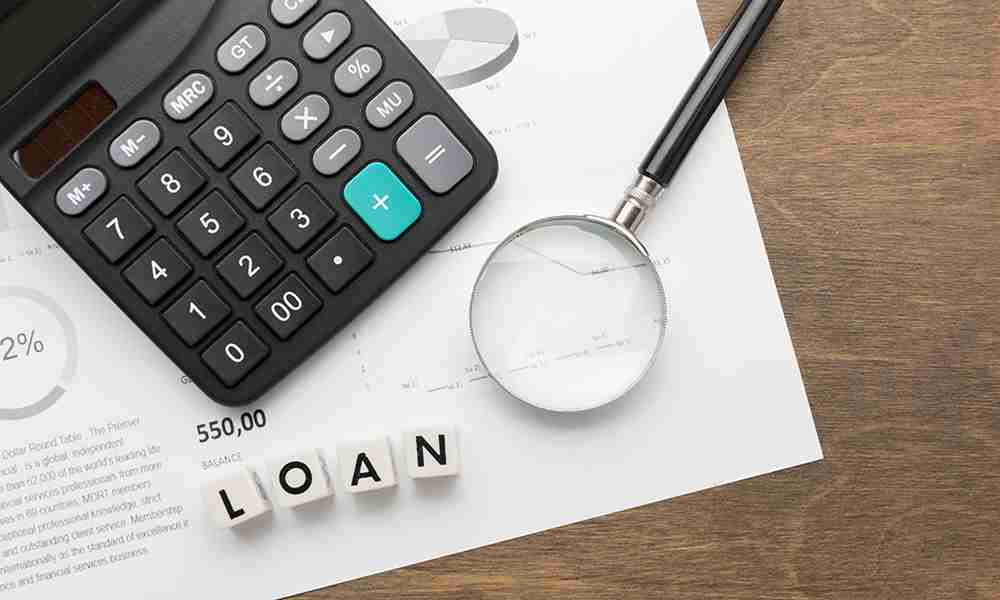When it comes to borrowing money, interest rates matter. The percentage you pay significantly impacts the total cost of financing over time. Whether taking a personal loan to pay for a wedding or securing capital for new equipment at your small business, rate fluctuations can make or break your budget.
Knowing how to find the best deals is challenging, with many factors affecting applicable interest rates. But understanding what decides the rates you’re offered puts you in control. With the right knowledge, you can confidently choose repayment terms that are affordable and tailored to your financial needs.
Key Factors That Determine Loan Interest Rates
Lenders consider multiple parameters when deciding interest rates for borrowers, including:
1. Credit Score
Your credit score reflects past repayment behaviour and is a key metric assessed. Those with higher scores signal lower risk and qualify for cheaper rates. For instance, IDFC FIRST Bank typically requires a credit score of 730 or higher, but contacting the bank directly may help you explore more favourable terms.
2. Loan Amount
Higher loan amounts represent increased risk. Hence, loan providers levy relatively higher interest rates for large sums, while smaller loans usually have lower applicable rates.
3. Repayment Tenure
Shorter loan terms often qualify you for lower interest costs than longer tenures spanning several years.
4. Income and Financial Stability
Steady cash flows and income stability assure timely future repayments. This results in better interest rate offers.
How to Secure the Best Loan Interest Rates
Follow these tips to reduce interest costs on personal loans, small credit loans, etc.:
1. Compare loan providers for interest rates and fees.
Research interest rate offers and processing charges across banks, NBFCs, and fintech lenders before zeroing in on the most competitive deal. Also, compare additional features like flexible tenures.
2. Maintain a credit score above 730.
A good credit score makes you eligible for the lowest loan interest rates. Also, ensure timely repayment of existing debts to prevent score drops.
3. Negotiate terms with lenders
Bargain politely with your shortlisted lender to reduce applicable interest rates or waive certain charges. Be reasonable in negotiation requests based on market rates.
4. Choose the right loan type for your needs.

Compare rates across loan products such as personal loans, small business loans, secured loans, etc., and pick one that best suits your finances. Analyse your budget to choose affordable EMIs.
5. Look for prepayment-friendly loans.
Opt for products that allow foreclosure or prepayments without penal charges so you can save on interest by repaying early. Prefer lenders that offer partial prepayment flexibility.
Tips for Long-Term Savings on Loans
Additionally, adopt these practices for interest savings over the long run:
- Choose flexible repayment tenures: Opt for loans that permit you to customise tenure according to repayment capability so that EMIs don’t become unmanageable.
- Make part-prepayments to reduce interest: Prepay loan amounts over EMIs to reduce interest costs and achieve faster closure.
- Consolidate smaller loans into one for better rates: Club multiple loans via a balance transfer into a single loan account to slash interest rates and streamline EMIs.
Conclusion
When you apply for a personal loan, favourable interest rates come from understanding what impacts costs. Evaluate budget and credit status, thoroughly research lenders, negotiate reasonably, and strategically structure repayments.
Careful planning enables improving terms and long-term savings. The keys are appraising finances, comparing options, and applying personal loans judiciously.








